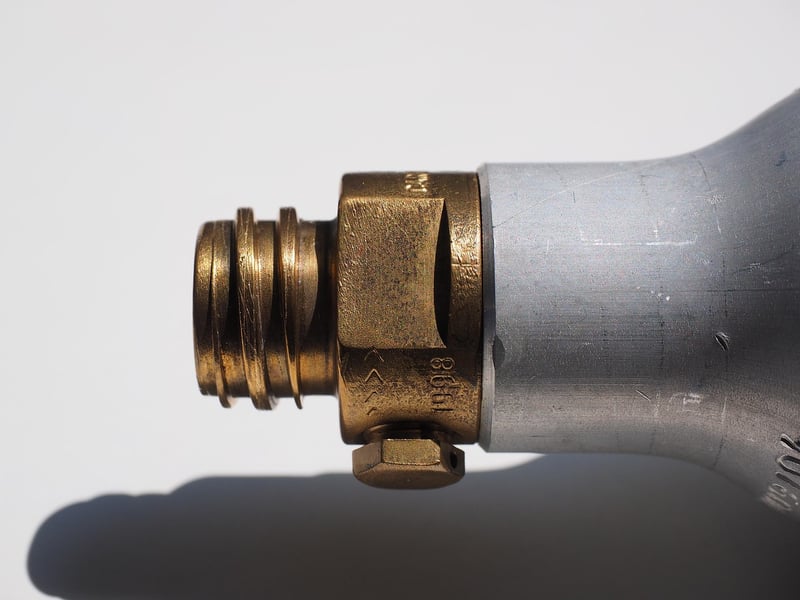O'Neill Cylinders
Exploring Future Human Habitats Beyond Earth: O'Neill Cylinders
As humanity looks to expand its presence beyond Earth, innovative concepts like O'Neill Cylinders offer a fascinating glimpse into potential future habitats for humans in space. These massive rotating space colonies were first proposed by physicist Gerard K. O'Neill in the 1970s and have since captured the imagination of scientists, engineers, and science fiction enthusiasts alike.
What are O'Neill Cylinders?
O'Neill Cylinders are giant cylindrical structures that rotate to create artificial gravity on their inner surface. These habitats are envisioned to be several miles long and wide, with vast open spaces for agriculture, living quarters, and recreation. The rotation of the cylinder generates centrifugal force, simulating gravity and allowing humans to live comfortably in space.
Key Features of O'Neill Cylinders:
- Self-sustaining Ecosystems: O'Neill Cylinders can support diverse ecosystems, including forests, lakes, and urban areas, creating a self-sustaining environment for long-term habitation.
- Solar Power: These habitats would harness solar energy through large mirrors or panels on their exterior, providing a renewable source of power for all activities within the cylinder.
- Artificial Gravity: By rotating at a carefully calculated speed, O'Neill Cylinders can simulate Earth-like gravity, preventing the negative health effects of prolonged weightlessness.
- Population Capacity: These space colonies could potentially accommodate tens of thousands of residents, offering a solution to overpopulation on Earth and enabling large-scale space exploration and colonization.
The Future of Human Habitats in Space
While O'Neill Cylinders remain a concept for now, ongoing advancements in space technology, materials science, and robotics bring us closer to realizing these ambitious projects. The potential benefits of such habitats extend beyond providing a new home for humans; they could serve as research stations, manufacturing centers, and even tourist destinations in the vast expanse of space.
As we continue to push the boundaries of space exploration, the vision of living in rotating space colonies like O'Neill Cylinders offers a compelling and inspiring glimpse into a future where humanity thrives beyond the confines of Earth.

Image Source: Pixabay
